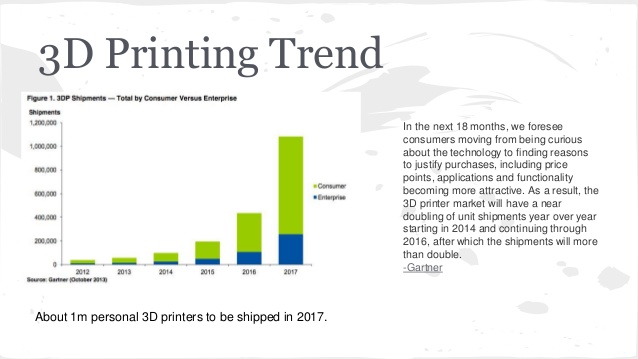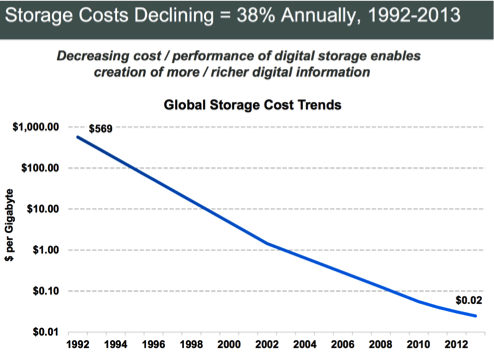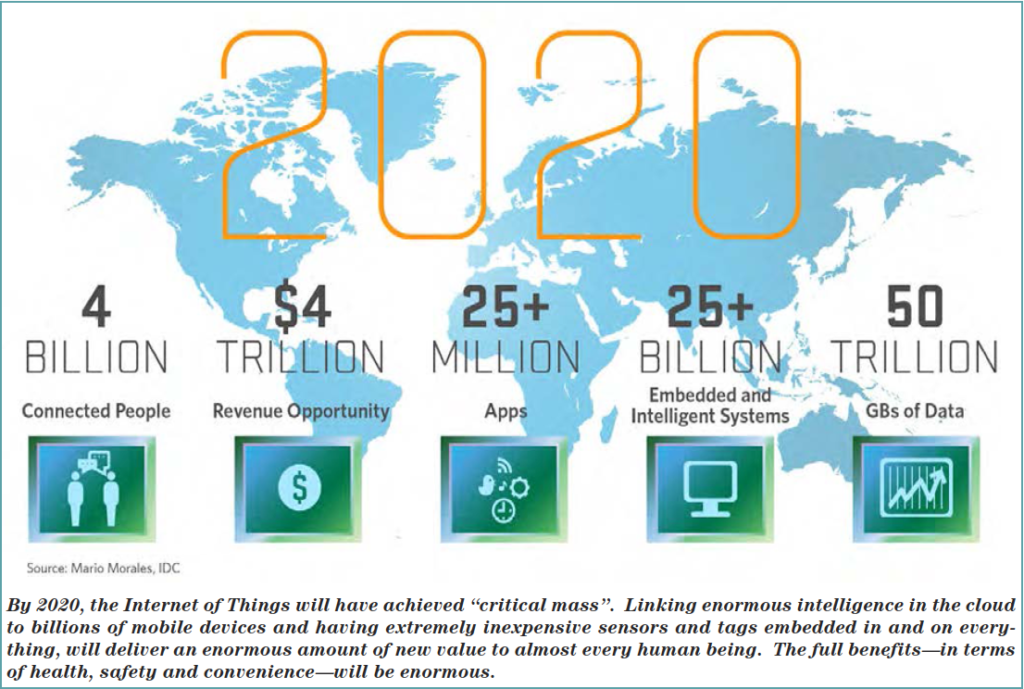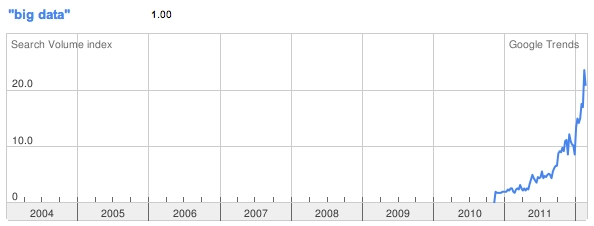
In my previous blog post Generative Design in Shipbuilding I talked about how other industries are using generative design and how it could impact our industry. A key aspect of any new technology is that a single technology will usually not have a significant impact on any industry by itself. If you look at most new technologies in isolation it may seem like that the technology is responsible for driving innovation which will forever change what we do. However, this is not the reality for the majority of new technology introduced. Most of the technology or trends have a very tight relationship to other technologies and these other technology advancements are just as important to its success.
If you look at IoT, cloud computing, social, artificial intelligence, mobile, data storage, fabrication processes, material design, 3D printing, 3D scanning, visualization, GPU improvements, game theory, generative design, machines learning, Enterprise Search, collaborative informational platforms, etc., they are all seeing tremendous opportunities not by themselves but because of the parallel advancements of the complementary technologies. In essence the potential outweighs the sum of the parts. Each technology acts like a catalytic mechanism for other technologies which then feeds back as a catalytic mechanism to itself. I will go into more depth regarding this concept using generative design as an example since I just wrote about it recently.
Generative Design
As I mentioned before, generative design has huge opportunity in many areas of design and manufacturing within our industry as well as many others. The thing that makes Generative design interesting is not the concept of generative design itself but rather the advancements in other complementary technologies which will allow us to attain much larger opportunities and solve more complex problems than could have been before. Generative design is a good example of a technology which is not as important by itself because it has been available for decades but it is only recently that it is becoming more “important.”
The five main technologies that are improving and are in a self-propelling feedback loop with generative design are:
- Infinite Computing (Cloud)
- Simulation
- 3D Printing / Additive Manufacturing
- Material development
- IoT
Infinite Computing (Cloud)
Generative design is in essence an algorithm that tests various scenarios using the constraints that are entered. The key aspect is that it is supposed to generate a lot of variations. These variations are orders of magnitude larger than we can ever potentially imagine. This is because we are no longer using imposed constraints to reduce the number of variations so that it will complete in a reasonable amount of time.
When allowing the algorithm the flexibility to try more designs we will require more computational time. If we relied on on-premise computers, even if they were extremely high end machines, we would be waiting a very long time for the results.
Enter cloud computing and its infinite computing. We all know that cloud computing has been increasing in popularity but more importantly the cost per CPU cycle is dramatically decreasing. Since cloud computing is available to virtually everyone at an ever decreasing price per CPU, this allows more of us to implement a generative design algorithm. We can generate more design variations with more variables and less constraint in a fraction of the time than we previously could without cloud computing. Without cloud computing generative design would be where it was just a decade ago.
Simulation
Generative design requires a way to validate design iterations between themselves. It will pick the best iteration and continue to iterate and improve (similar to nature:)). This validation requires simulation to evaluate the behavior of your design in the real world to determine if the design fits your requirements better.
The advancements in simulation over the years are allowing us to simulate much more complex systems, objects and materials in various environments (resistance from water and air for example). This allows generative design methods to be applied to considerably more complex systems which are much harder for a human to optimize as a whole. Validating a design is a fundamental part of a successful generative design solution and without sophisticated simulations we would not be able to use generative design on complex systems where the really opportunities lie.
3D Printing / Additive Manufacturing
With many industries, especially shipbuilding, we are required to incorporate produce-ability into our designs. If a design cannot be easily manufactured then even if the design is “optimized” it will not be the best design. Additive manufacturing is changing the landscape of manufacturing because with 3D printing we can manufacture things which we could not before or at least were not cost effective to do so. Because each ship is unique, even if they are the same, there is a huge potential in our industry.
Without 3D printing we would be required to add the constraints of manufacturability into the generative design which can be difficult and would reduce the variations which could be analyzed. This would reduce the level of improvements. With 3D printing we can now manufacture things which we could not manufacture cost effectively before.
Material development
I do not think many people know but the advancements in material development is crazy. There are materials that will sense the environment and change its shape. For example, imagine that your car’s spoiler is created from a material which will sense if it is raining and change the shape of your car’s spoiler to provide better traction in the rain. This is all done within the material and no electronic sensors or any internal electronics.
Incorporating these new material characteristics into our designs is very difficult and increases the variables we now should consider for an optimized design. Without leveraging generative design we would not be able to include these material very quickly in our design because we simply would not be able to keep it all in our heads. We would most likely apply the material in a localized feature, one at a time. With generative design we will be able to leverage these materials and its new material characteristics instantly in our design. This will produce designs today which otherwise would not be used years from now.
IoT
Generative design requires us to enter constraints. The reality of entering these constraints is that we sometimes need to enter constraints which are calculated using some type of “theoretical” method. This usually is fine but with the trend of IoT becoming inexpensive (almost disposable) and extremely small we are able to add IoT devices to our physical products and have the results feedback to update the constraints in our generative design. This feedback loop will continually improve our design in ways we could not have done otherwise. This will be the only true way any product design can be optimized for its functional goals.
Closing Remarks
I am sure I missed several technologies which are influencing the growth and potential of generative design but as you can see it is obvious that improvements in parallel and complementary technologies are feeding the growth of generative design.
The reason that technology seems to be moving so fast is because there are so many technologies that have a feedback loop relationship. The new advancements in one area are allowing new opportunities in other areas which then feedback in a self-perpetuating, ever increasing loop.
Because of these feedback relationships between technologies we need to understand a larger scope of technologies. This requires us to reevaluate old technologies and methods which we dismissed in the past for any reason because the improvements of a complementary technology might transform old non-practical solutions into new innovative solutions. Generative design is just one perfect example of this.




